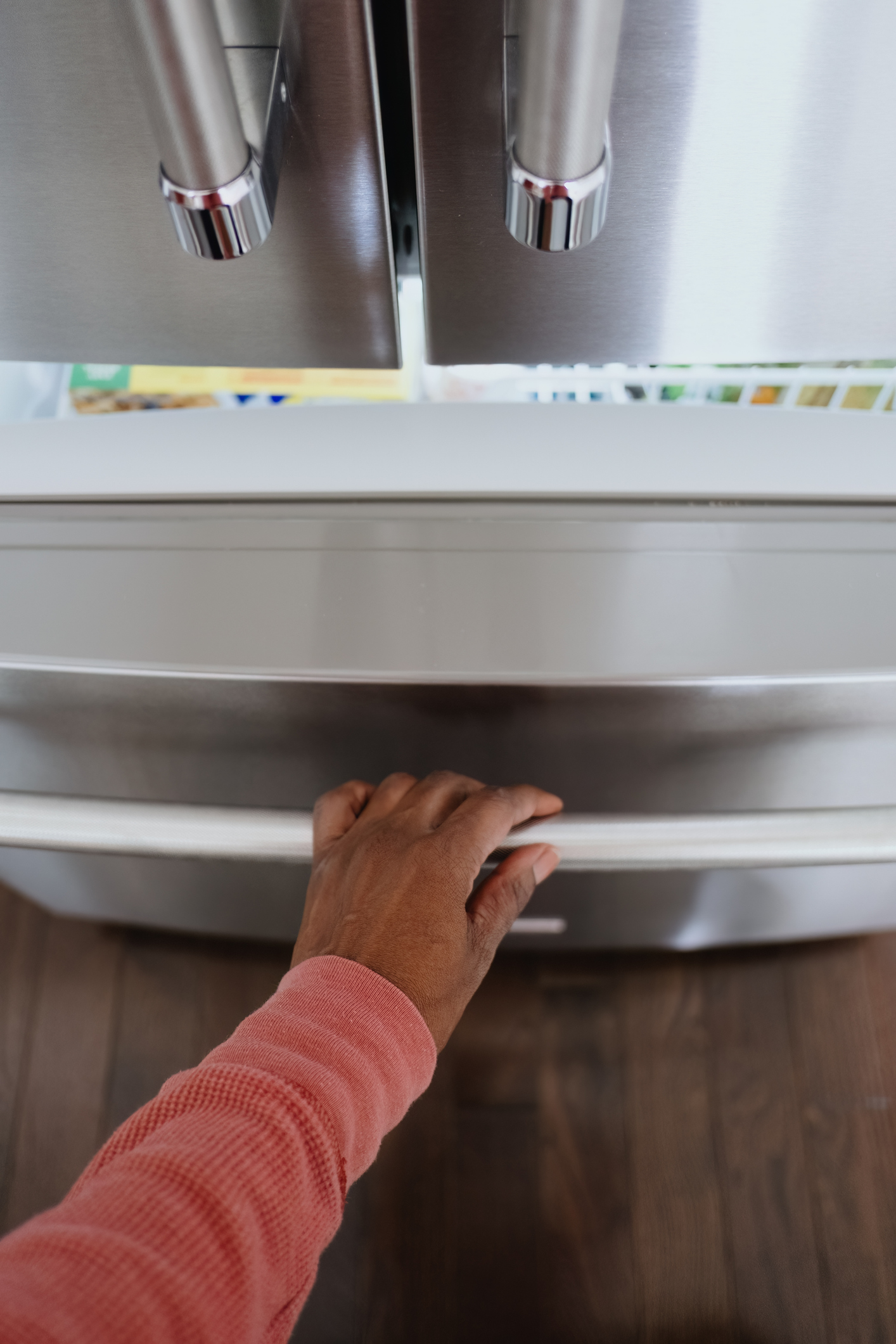The freezer is a space where ice cream dreams are made, leftovers find new life, and frozen pizzas stand ready to rescue us from mid-week dinner fatigue. But, over time behind those frosty closed doors, freezer burn can take place. It quietly sabotages your food, zapping the flavor with glittering chunks of ice. But do you know how it actually happens? Here’s everything you need to know about freezer burn, and how to prevent it.
What exactly is freezer burn?
Freezer burn is the arch-nemesis of perfectly preserved food. It’s what happens when air sneaks into your food’s packaging and causes moisture to evaporate. The result? Dry, discolored, and often flavorless spots on your food. Imagine biting into what you thought was a juicy steak only to be met with a mouthful of freezer-burned sadness. Yikes! Freezer burn isn’t dangerous to eat, but it can seriously mess with the taste and texture of your food.
What are the signs of freezer burn?
How do you know if your food has fallen victim to freezer burn? Here are some telltale signs:
- Color Changes: Your food might look like it’s been through a winter wonderland, with patches of grayish-brown or white.
- Texture Changes: Ice crystals on the surface and a dry, leathery texture are sure signs that freezer burn has set in.
- Funky Flavors: The taste might be off – think bland, dry, or even slightly metallic. Definitely not what you had in mind for dinner.


The Science Behind the Burn
Let’s get a bit science-y for a moment. Freezer burn occurs due to sublimation, which is when ice turns directly into water vapor without becoming liquid first. This happens when the water molecules in your food migrate to the coldest part of your freezer. Once the moisture leaves the food, it leaves behind dry pockets, causing that unappetizing freezer burn effect.
How To Avoid Freezer Burn
Now, it’s time to get into how to actually prevent freezer burn:
Wrap things up.
Use airtight containers or freezer bags. The less air, the better! For extra protection, wrap items in plastic wrap or aluminum foil before placing them in a container. You can also use a vacuum sealer if you have one – it’s a game-changer!
Label and date everything.
Keep track of what you’re freezing and when you froze it. This helps you use older items first and avoid mystery meals.
Don’t overload the freezer.
Give your food some breathing room. Overloading can reduce airflow and cause uneven temperatures, which can lead to freezer burn.


Cool it.
Never put hot food directly into the freezer. Let it cool down to room temperature first. This helps maintain a consistent freezer temperature.
Keep it cold.
Make sure your freezer is set to the right temperature. Ideally, it should be at 0°F or lower.
Rotate your stuff.
Practice the “first in, first out” method. Use older items before newer ones to ensure nothing gets forgotten and freezer-burned in the depths.
Use freezer-friendly recipes.
Some foods freeze better than others. Soups, stews, and casseroles are generally freezer-friendly. Fresh veggies? Not so much – unless you blanch them first.
Reviving Freezer-Burned Food
So, you’ve done your best, but somehow, the freezer burn still managed to strike. Don’t panic! Here are some tips to salvage your food.
- Trim It: Cut away the freezer-burned parts. What’s left might still be perfectly fine.
- Marinate It: Use marinades or sauces to help restore some moisture and flavor to freezer-burned meat or fish.
- Blend It: Turn freezer-burned fruits into smoothies. The texture might be off, but the flavor can be masked with other ingredients.
- Cook It Low and Slow: Stews, soups, and slow-cooked dishes can help rehydrate freezer-burned food and make it more palatable.
